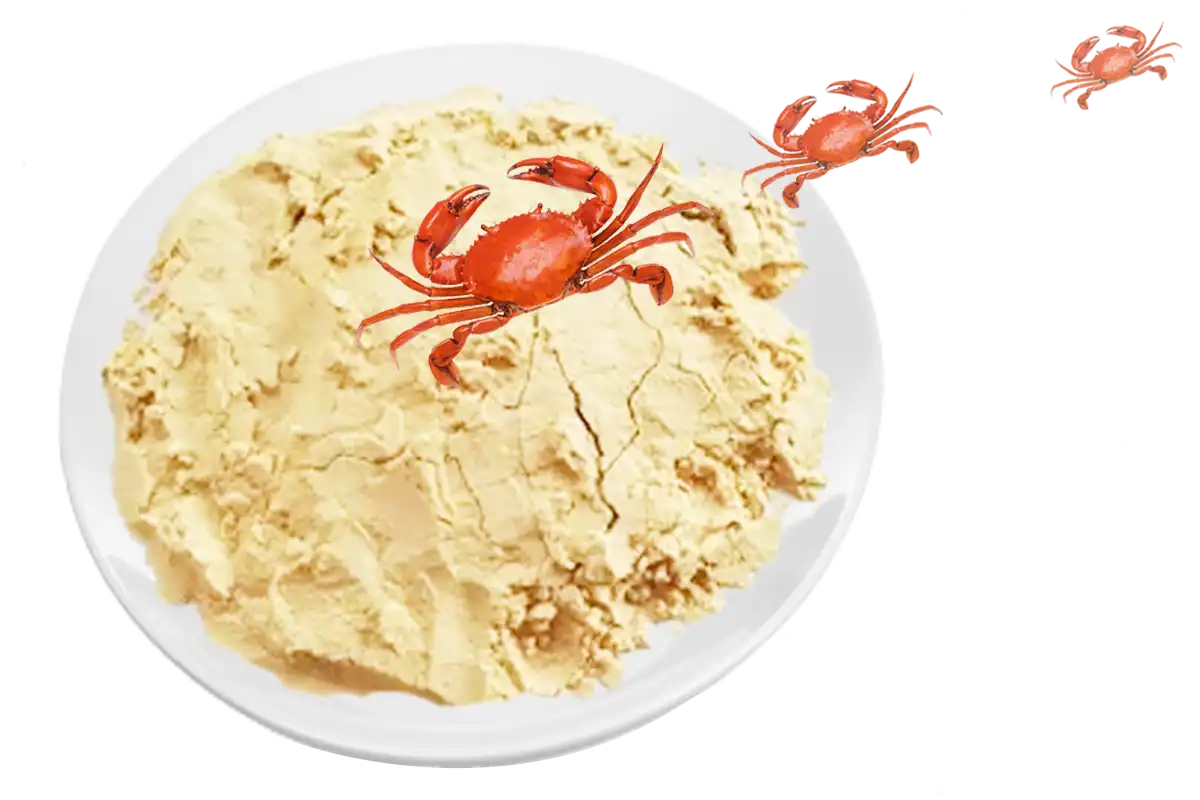3. What are the benefits and functions of Chito-oligosaccharides in personal care?
Chito-oligosaccharides are derived from crab shells and have a variety of benefits and functions in personal care products. Here are some of the main benefits and usages:
- 1. Moisturizing Properties: Chito-oligosaccharides are known for their ability to moisturize the skin. When applied, it forms a semi-breathable film that helps retain moisture and keep the skin hydrated.

- 2. Anti-Aging Effects: Due to their film-forming abilities, Chito-oligosaccharides can also help reduce the appearance of wrinkles and fine lines by applying a firming effect to the skin, resulting in a smoother, more youthful appearance.
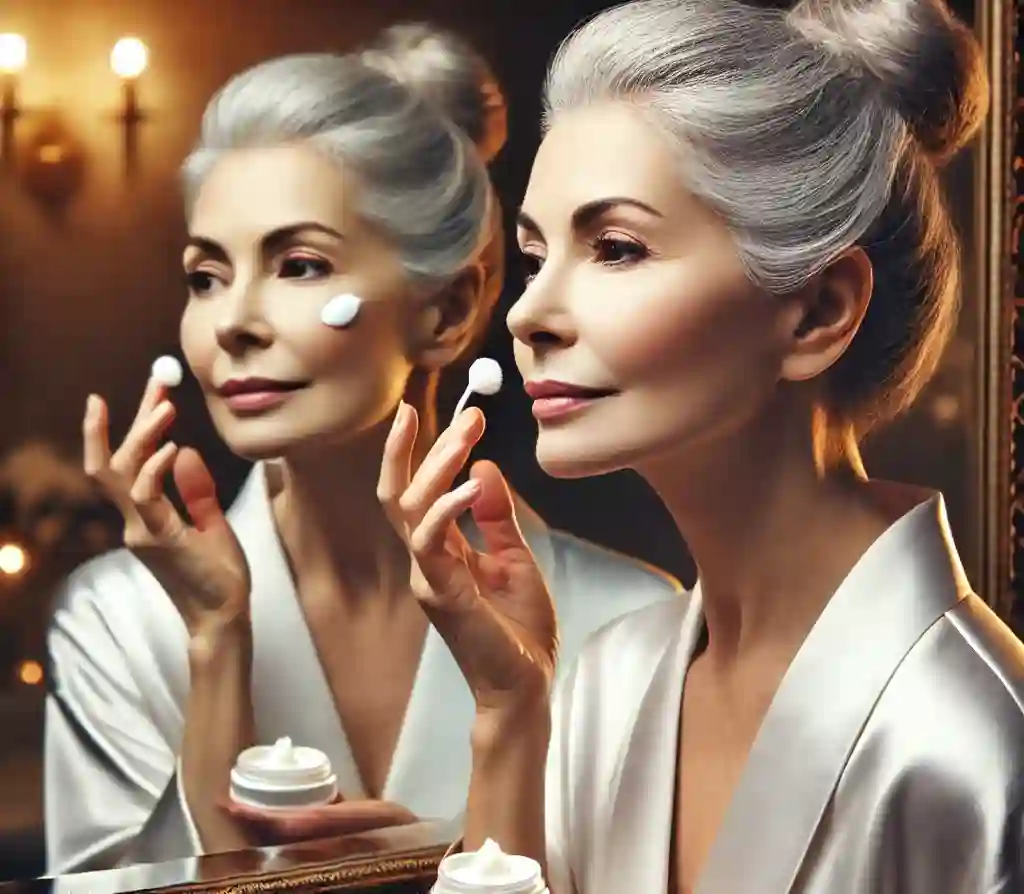
- 3. Antimicrobial activity: Chito-oligosaccharides have natural antimicrobial properties that make it effective in products designed to reduce acne and control bacterial growth. This is especially beneficial in cleansers, masks, and other skincare products for blemish-prone skin.
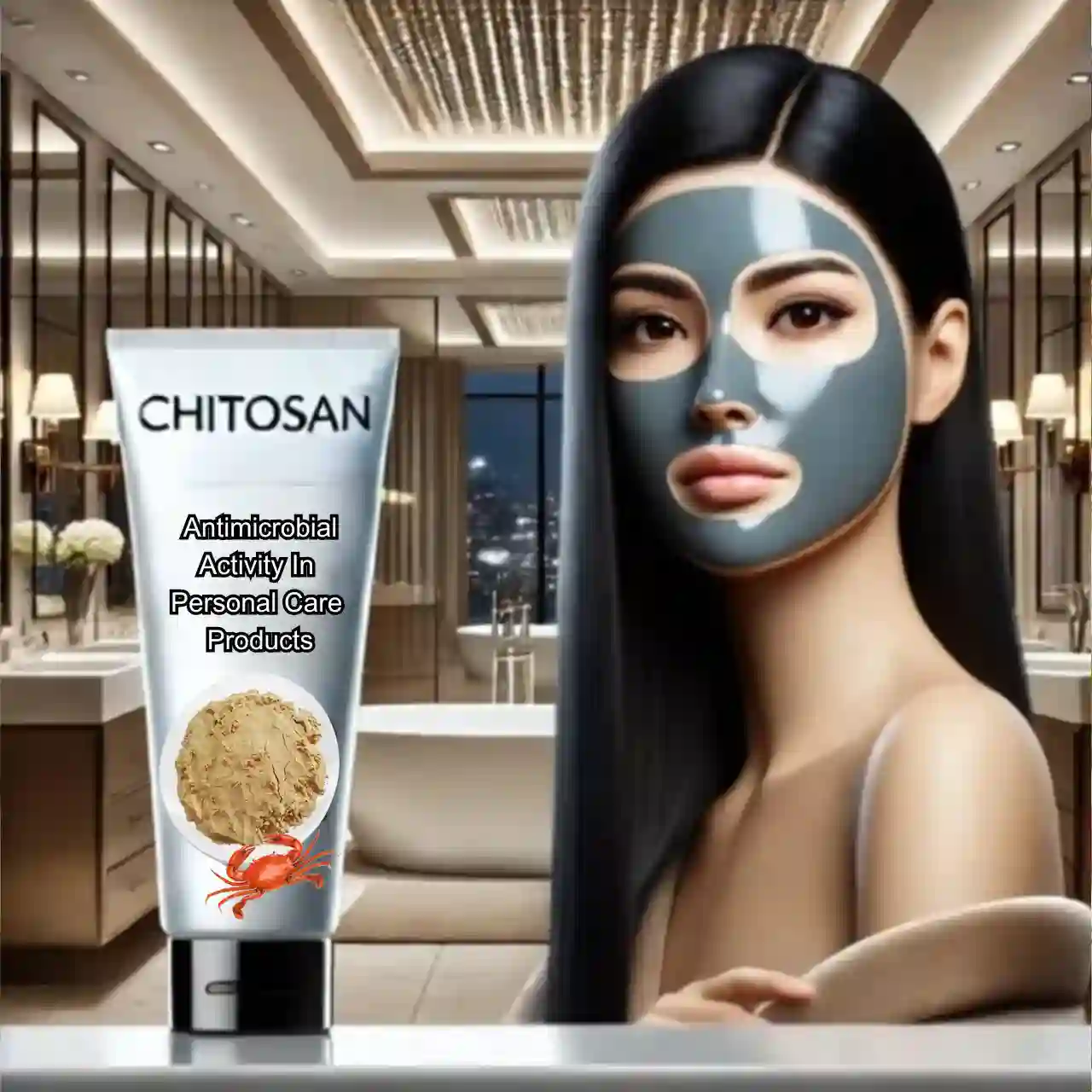
- 4. Hair care application: In hair care, Chito-oligosaccharides can be used to improve hair texture and shine. It can also help strengthen the hair shaft and reduce breakage, as its film-forming properties coat the hair and protect it from environmental stressors.
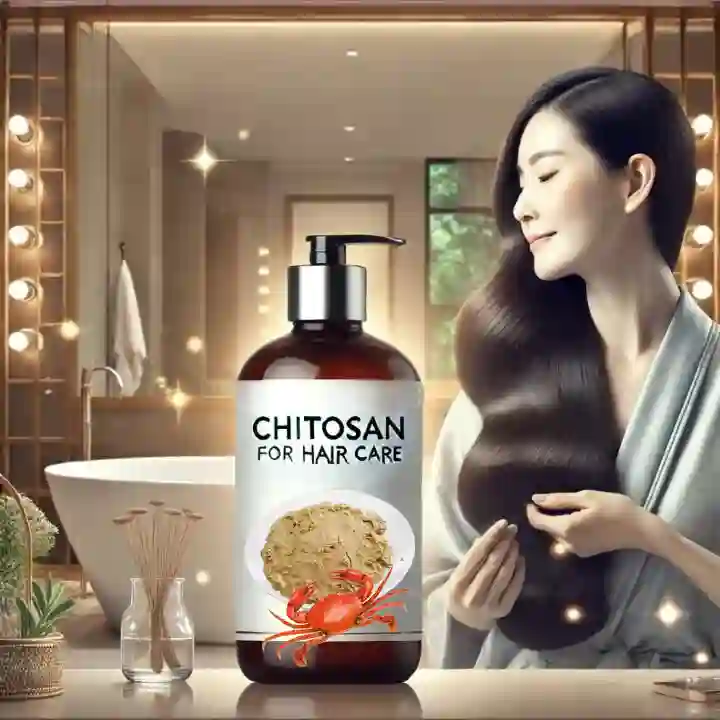
- 5. Attractiveness of natural products: As a biopolymer derived from crab shells, Chito-oligosaccharides is attractive for its application in the formulation of natural and organic products. It dovetails well with the trend towards cleaner and more eco-friendly personal care products.

- 6. Thickeners and stabilizers: Chito-oligosaccharides act as thickeners in formulations, enhancing the texture and consistency of products such as creams and lotions. It can also be used as a stabilizer to help maintain the integrity of the emulsion.
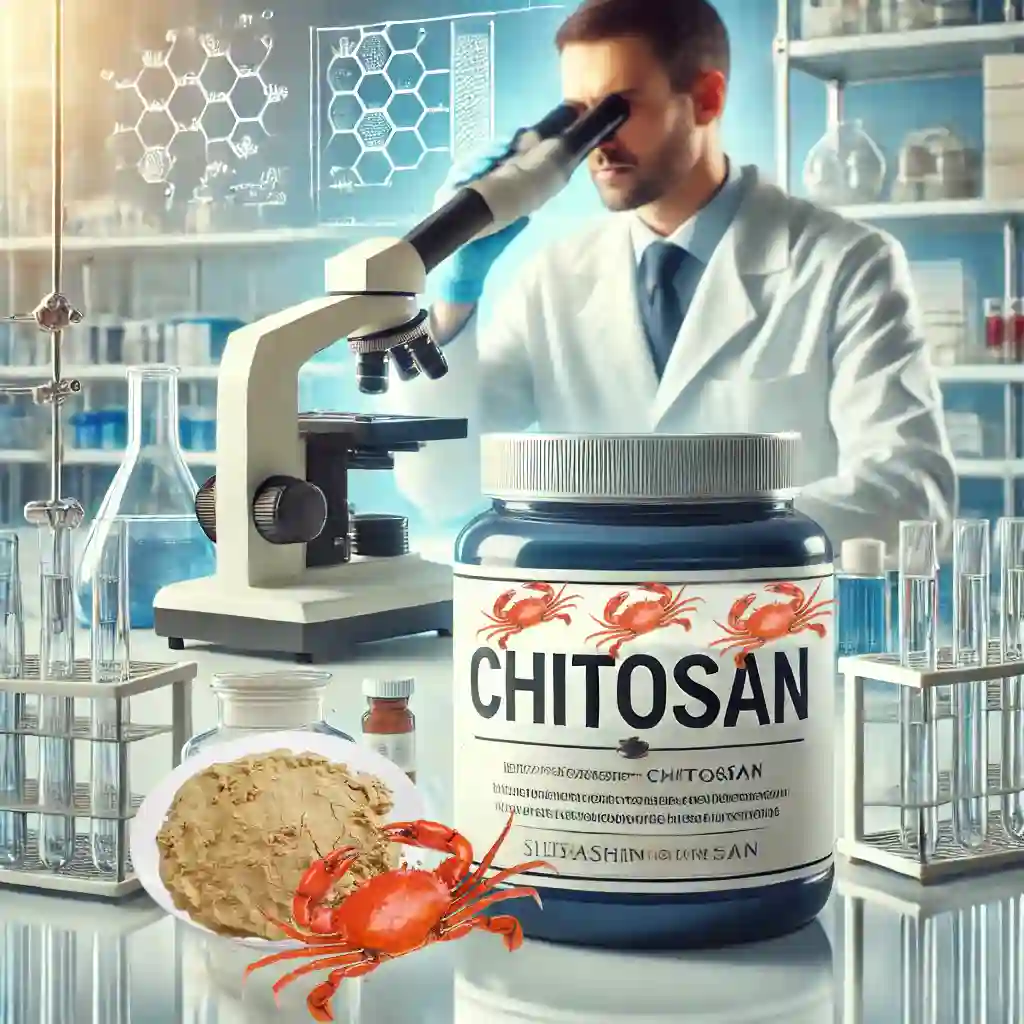
- 7. Compatibility with other ingredients: Chito-oligosaccharides are compatible with a wide range of cosmetic ingredients, which helps in their incorporation into various types of personal care formulations.
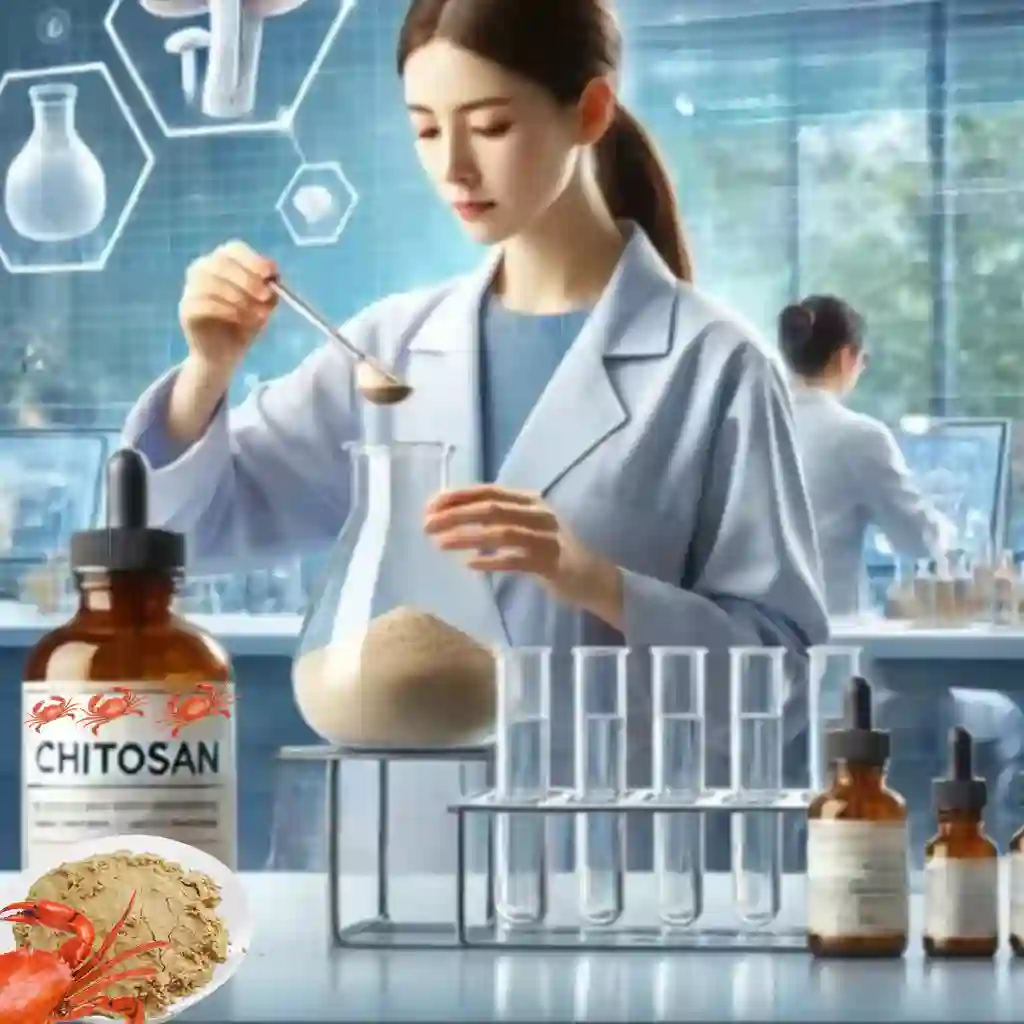
These properties make Chito-oligosaccharides a versatile ingredient in the personal care industry, helping to enhance product effectiveness and enhance consumer appeal.
4. What are some specific areas of personal care where Chito-oligosaccharides can be used?
Personal care includes a wide range of products and applications designed to maintain and enhance personal hygiene and beauty.
Chito-oligosaccharides are derived from crab shells and are increasingly used in personal care products due to their biocompatibility and beneficial properties.
Here are some of the main areas of the personal care industry, as well as the role of Chito-oligosaccharides in different personal care applications, and a general overview of how Chito-oligosaccharides can be used for different personal care applications, including typical Chito-oligosaccharides concentration ranges and formulation tips:
1. Skin care: This is probably the broadest category and includes moisturizers, cleansers, toners, serums, exfoliators, sunscreens, and treatments for specific skin conditions like acne or eczema.
- Moisturizing: Chito-oligosaccharides help to maintain moisture in the skin, which is essential for keeping the skin hydrated and elastic.
- Anti-aging: By forming a thin film on the skin, it reduces the appearance of fine lines and wrinkles, making the skin look smoother and firmer.
- Antibacterial: Its antimicrobial properties help control acne and reduce skin infections, making it suitable for use in facial cleansers and acne treatments.
- Concentration: 0.1% to 2% Chito-oligosaccharides are typically used.
- Guideline: Chito-oligosaccharides should be dissolved in acidic water (pH around 5.5) for optimal solubility before being added to the formulation. It can be used in serums, creams, and gels to enhance hydration and film formation.
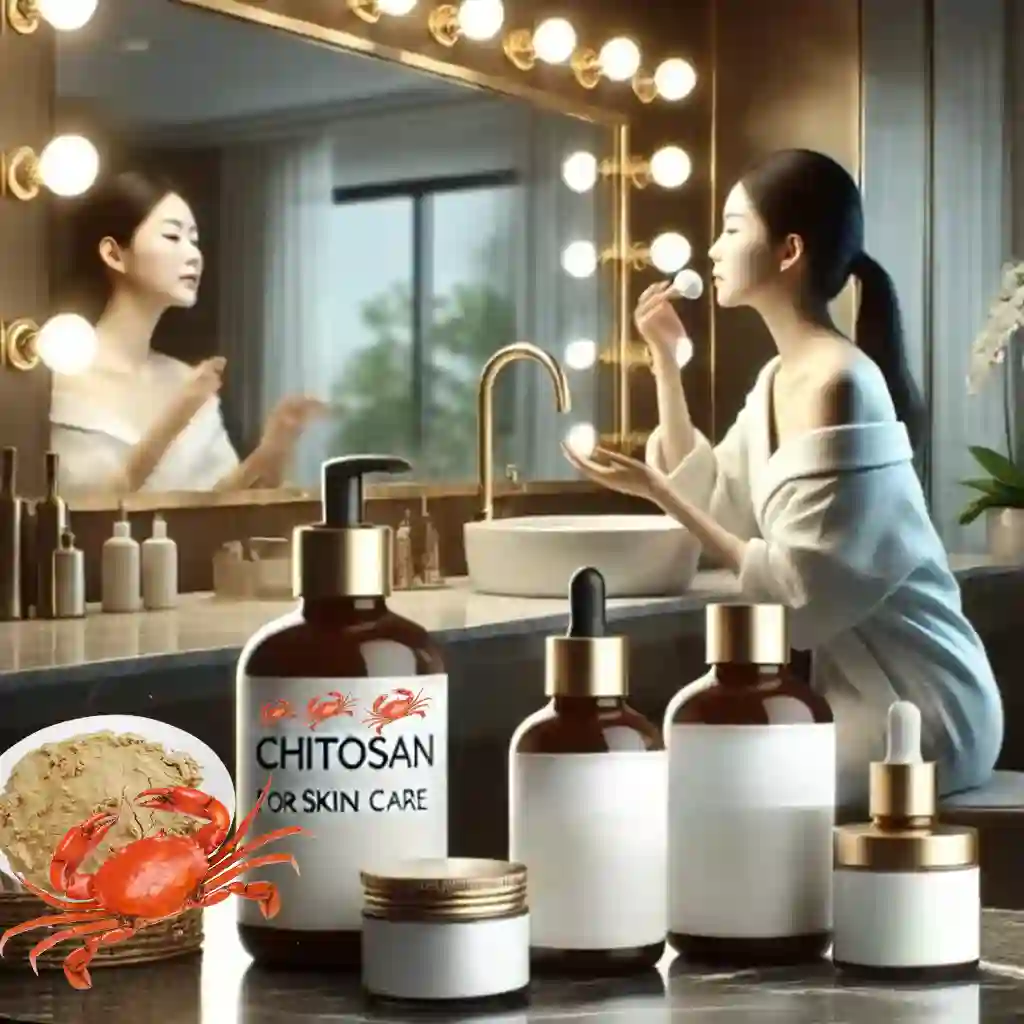
2. Hair care: Products in this category include shampoos, conditioners, hair masks, serums, and styling products such as hairsprays, gels, and mousses.
- Shine & Strength: Chito-oligosaccharides can coat hair strands, enhancing its shine and reducing breakage by strengthening the hair cuticle.
Scalp Health: The antimicrobial properties of Chito-oligosaccharides may also support scalp health by preventing dandruff and other scalp-related issues.
Concentration: Typically around 0.5% to 1.5%.
Guide: For shampoos and conditioners, Chito-oligosaccharides can be added to the aqueous phase. It can help form a thin film on the hair, enhancing shine and strength. Ensure compatibility with surfactants.
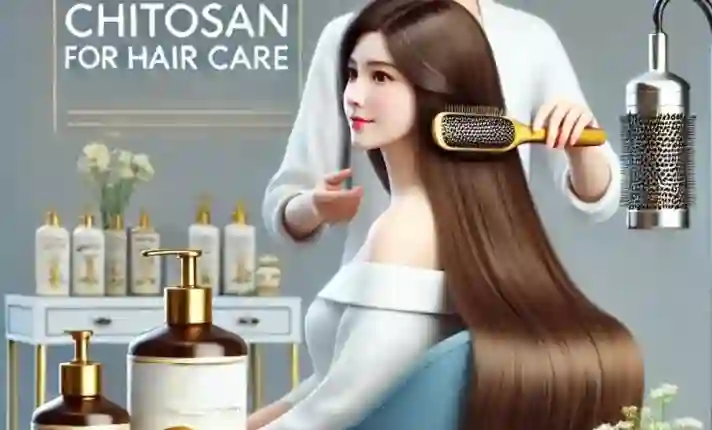
3. Oral care: This includes toothpaste, mouthwash, dental floss, and other products designed to promote dental health.
- Plaque prevention: Chito-oligosaccharides' ability to bind to bacteria and particles makes it very useful in toothpastes and mouthwashes, helping to reduce plaque and control tartar.
- Gum health: Its anti-inflammatory properties help reduce gum inflammation and promote oral health.
- Concentration: Typically between 0.2% and 2%.
- Guideline: Chito-oligosaccharides hydrochloride are particularly suitable because of their solubility. It can be incorporated into gels or mouthwashes to help reduce bacterial adhesion and can promote oral health.
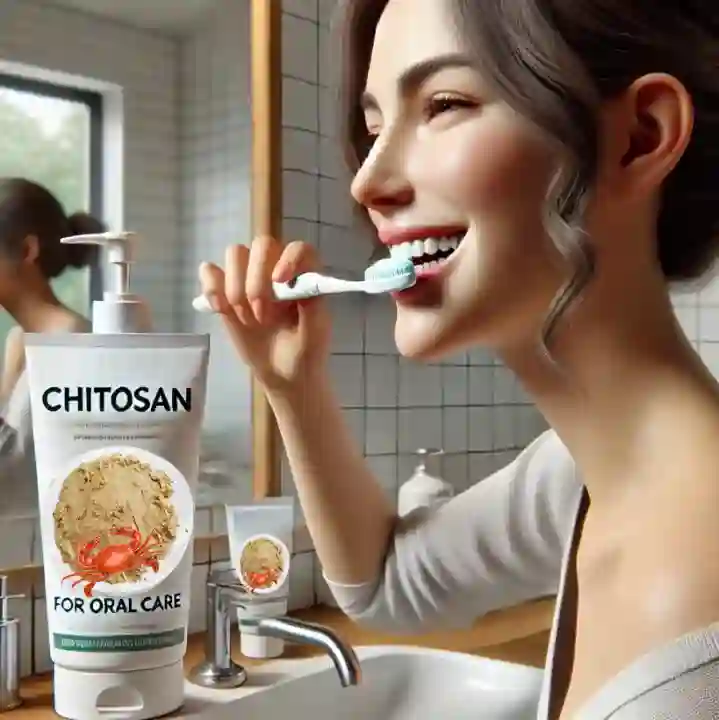
4. Cosmetics: This broad category covers cosmetics for the face, eyes, lips, and nails, including foundation, eye shadow, lipstick, blush, and nail polish.
- Film formation: In cosmetics, Chito-oligosaccharides can improve the adhesion of products to the skin and extend the life of cosmetics.
- Moisturizing: Provides moisture without being greasy, making it suitable for inclusion in foundation and lip products.
- Concentration: Typically around 0.1% to 1%.
- Guide: In cosmetic formulations, ensure that Chito-oligosaccharides dissolve well and are compatible with other ingredients. It can help improve the adhesion of the product to the skin and prolong the wearing time.
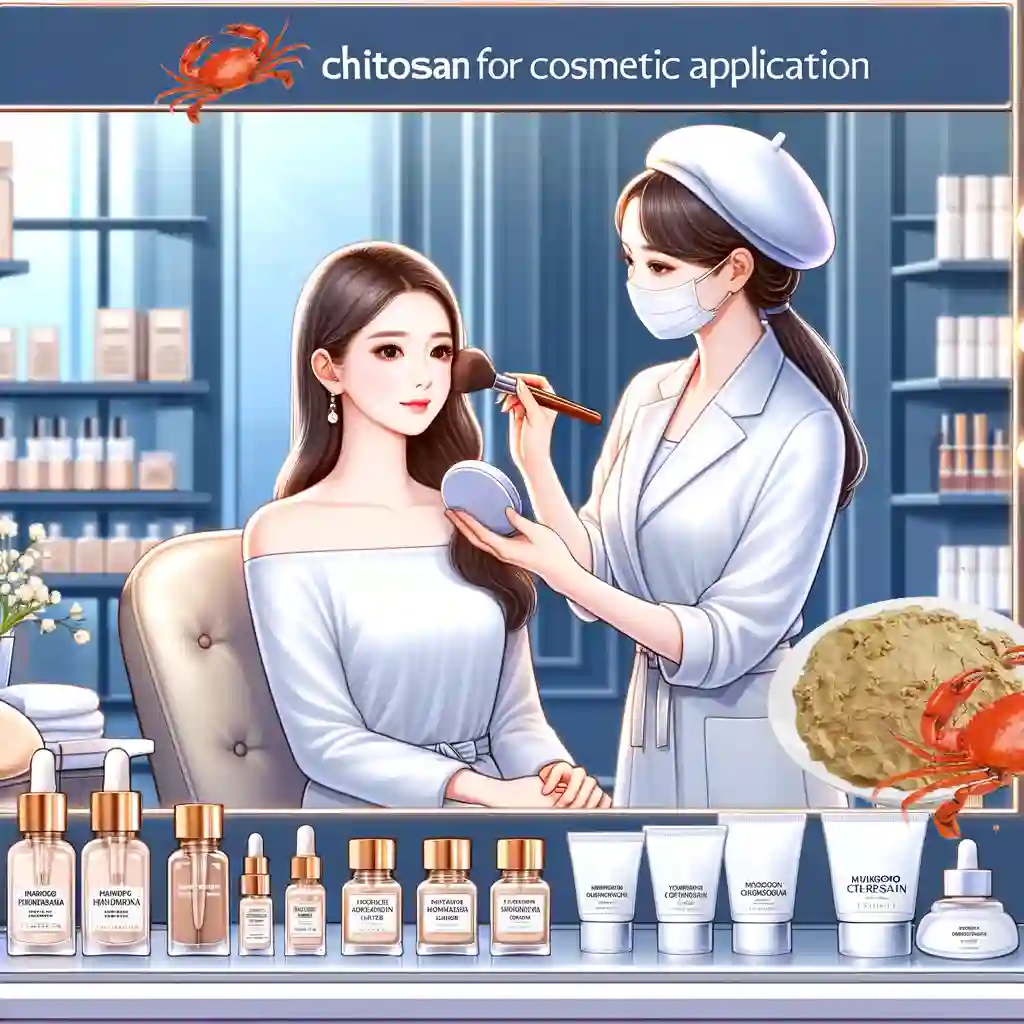
5. Bath & Body Care: Products in this category include shower gels, soaps, bath salts, body scrubs, and body lotions.
- Skin Protection: Creates a protective barrier on the skin that can defend against pollutants and irritants, beneficial for body lotions and protective creams.
- Moisturizing: Increases the moisture content in the skin and can be used in body washes and moisturizing body lotions.
- Concentration: Typically 0.5% to 2%.
- Guide: In body lotions and body washes, Chito-oligosaccharides can be added to the aqueous phase. It helps to retain moisture and form a protective barrier on the skin.
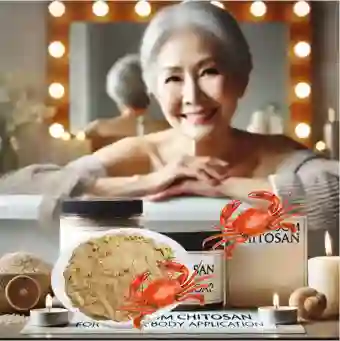
6. Deodorants and antiperspirants: These products are designed to reduce body odor and control sweating.
- Odor control: Its antimicrobial properties help reduce body odor by preventing the growth of odor-causing bacteria.
- Non-irritating: Compared to some other chemical agents used in deodorants, Chito-oligosaccharides are less likely to irritate the skin.
- Concentration: Approximately 0.5% to 1.5%.
- Guidelines: Can be incorporated into aqueous or alcoholic solutions. The antimicrobial properties of Chito-oligosaccharides help reduce body odor and also act as a skin conditioner.
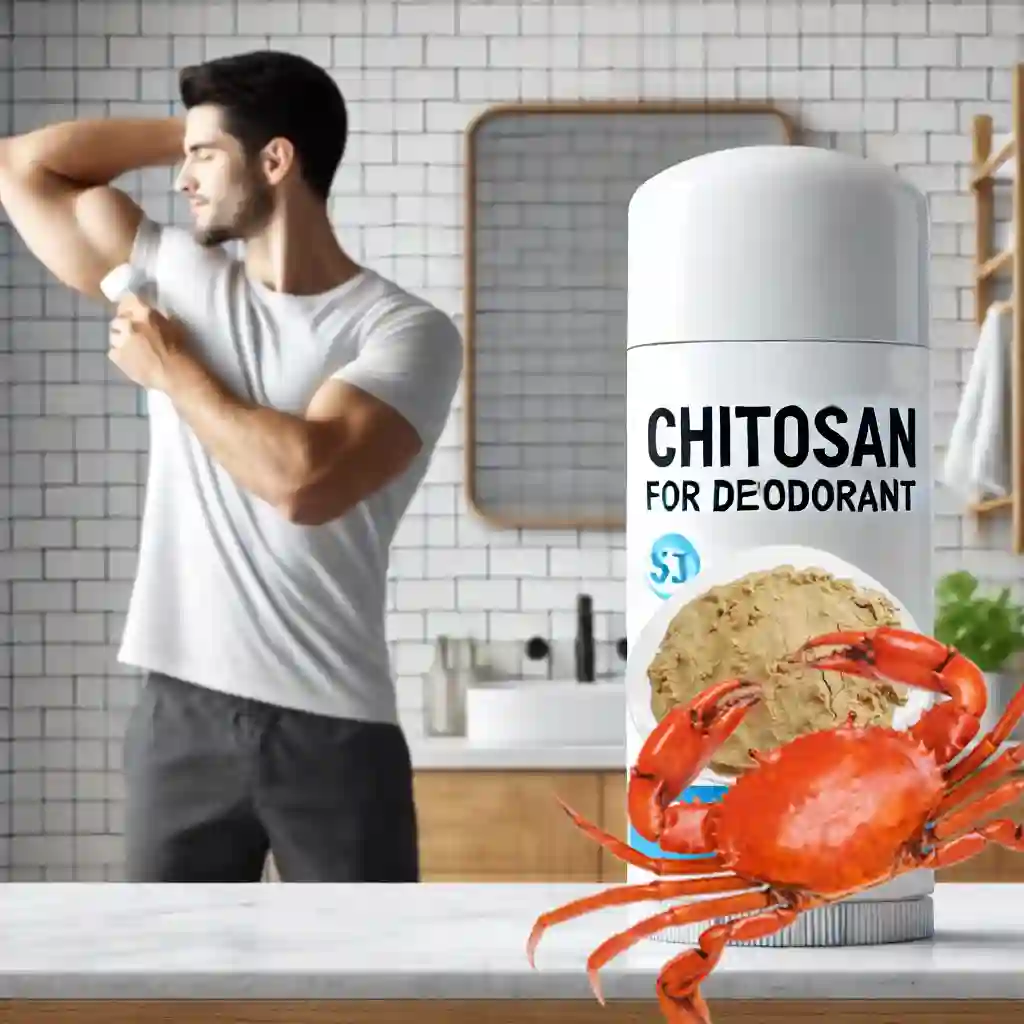
7. Men's grooming: This includes products formulated specifically for men, such as shaving cream, aftershave, beard oil, and men's skincare products.
- Soothing properties: Useful in aftershave products to soothe and repair shaved skin.
- Beard care: Among beard products, Chito-oligosaccharides can help condition and soften beard hair.
- Concentration: Generally around 0.5% to 2%.
- Guide: For products like shaving gels and aftershave balms, Chito-oligosaccharides have soothing and healing properties. Make sure it integrates well into the base formulation.
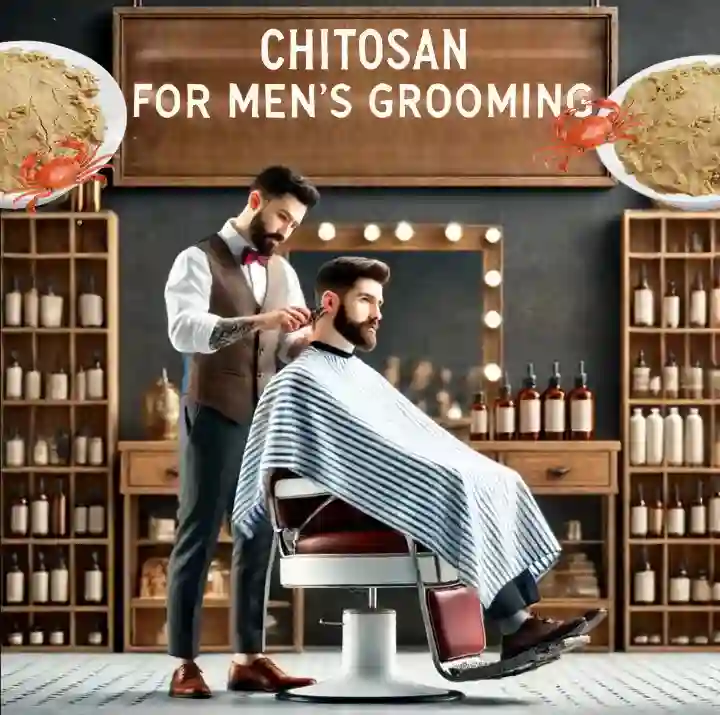
8. Baby Care: Gentle products designed for infants and toddlers, including baby shampoo, body wash, lotion, and diaper rash cream.
- Gentle on the skin: Safe and non-irritating for baby shampoos and lotions, providing gentle care and moisturizing.
- Concentration: Typically 0.1% to 1%.
- Guidelines: Considering the sensitive nature of the baby's skin, Chito-oligosaccharides should be used in mild concentrations and formulations. It benefits for its antibacterial and skin-protective properties.
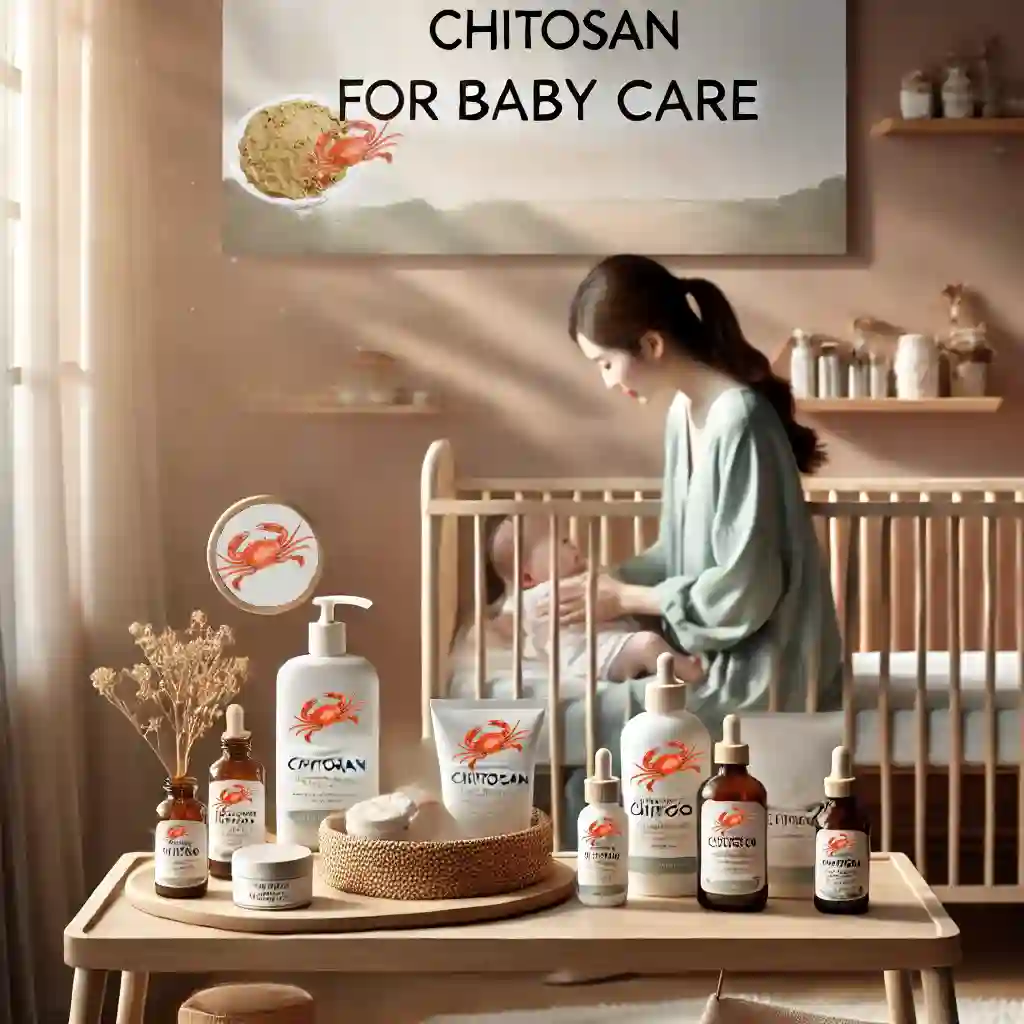
9. Feminine hygiene products: This category includes products such as sanitary napkins, tampons, and intimate body washes.
- Antimicrobial & Odor Control: Used in intimate washes and products to maintain hygiene and odor control without disrupting the natural pH level.
- Concentration: Approximately 0.2% to 1.5%.
- Guide: In products such as intimate body wash, Chito-oligosaccharides have odor control and mild antimicrobial effects. Ensure that the product maintains a pH that is compatible with sensitive application areas.
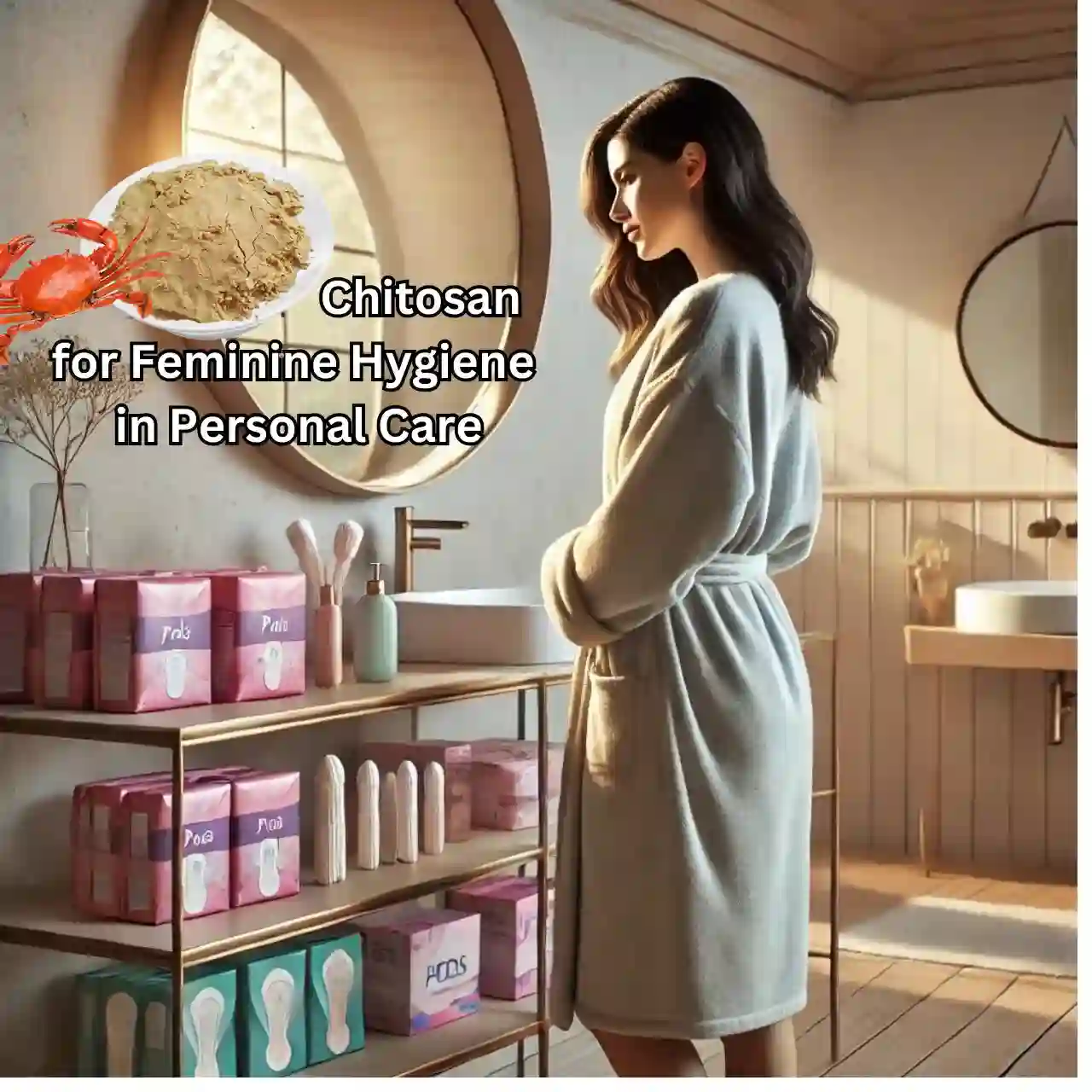
10. Perfumes: Perfumes, colognes, and body sprays fall into this category.
- Fixing properties: Helps to bind the fragrance to the skin, prolonging the life of perfumes and scented body products.
- Concentration: Typically 0.1% to 0.5%.
- Guide: Chito-oligosaccharides can be used as a fixative to help the fragrance last longer on the skin. It should be compatible with other ingredients in alcohol and fragrance formulations.

Each of these areas includes products designed to meet specific aspects of hygiene, health, and aesthetics, utilizing a variety of ingredients to meet consumer needs and preferences.
The versatility of Chito-oligosaccharides makes it a valuable ingredient in a variety of personal care products, helping not only to enhance the functional performance of these products, but also to enhance their appeal to health-conscious consumers.
General Recipe Tips:
- Dissolve Chito-oligosaccharides in acidic conditions (pH around 4-6) for better solubility, but solubility will vary depending on the type of Chito-oligosaccharides used.
- Prior preparation of Chito-oligosaccharides solution simplifies integration with the final product.
- Compatibility testing with other formulation ingredients is essential to prevent sedimentation and ensure stability.
- If necessary, adjust the viscosity of the final product, as Chito-oligosaccharides can significantly affect the rheology.
These guidelines are generic and may need to be adapted to the specific requirements and desired characteristics of the end product.
5. What are the forms of Chito-oligosaccharides commonly used in personal care applications?
Chito-oligosaccharides can be incorporated into a variety of personal care products in a variety of forms, depending on the application and desired effect. Here are some of the common forms of the plant Chito-oligosaccharides used in personal care applications:
- 1. Powder: Commonly used in face masks, toothpaste, or as an additive to talcum powder and dry shampoo powder. It can help absorb excess oil and moisture and deliver the active benefits of Chito-oligosaccharides directly to the skin or teeth.
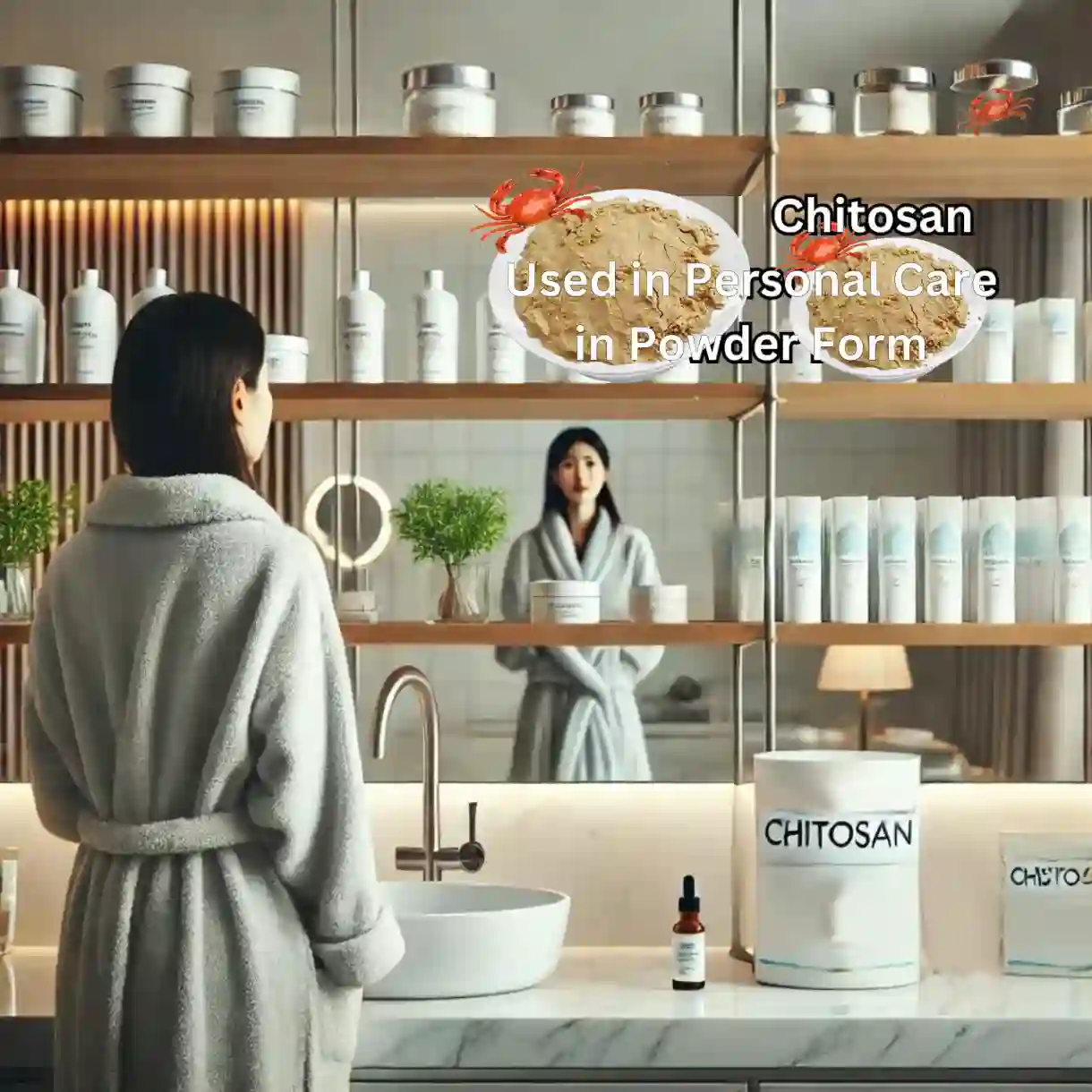
- 2. Gel:
Chito-oligosaccharides gel is commonly found in skincare products such as moisturizers and eye gels. They are also used in hair products such as hairspray to provide a styling effect without flaking.
In oral care, Chito-oligosaccharides can be used as a gel toothpaste or as a protective gel for gum care.
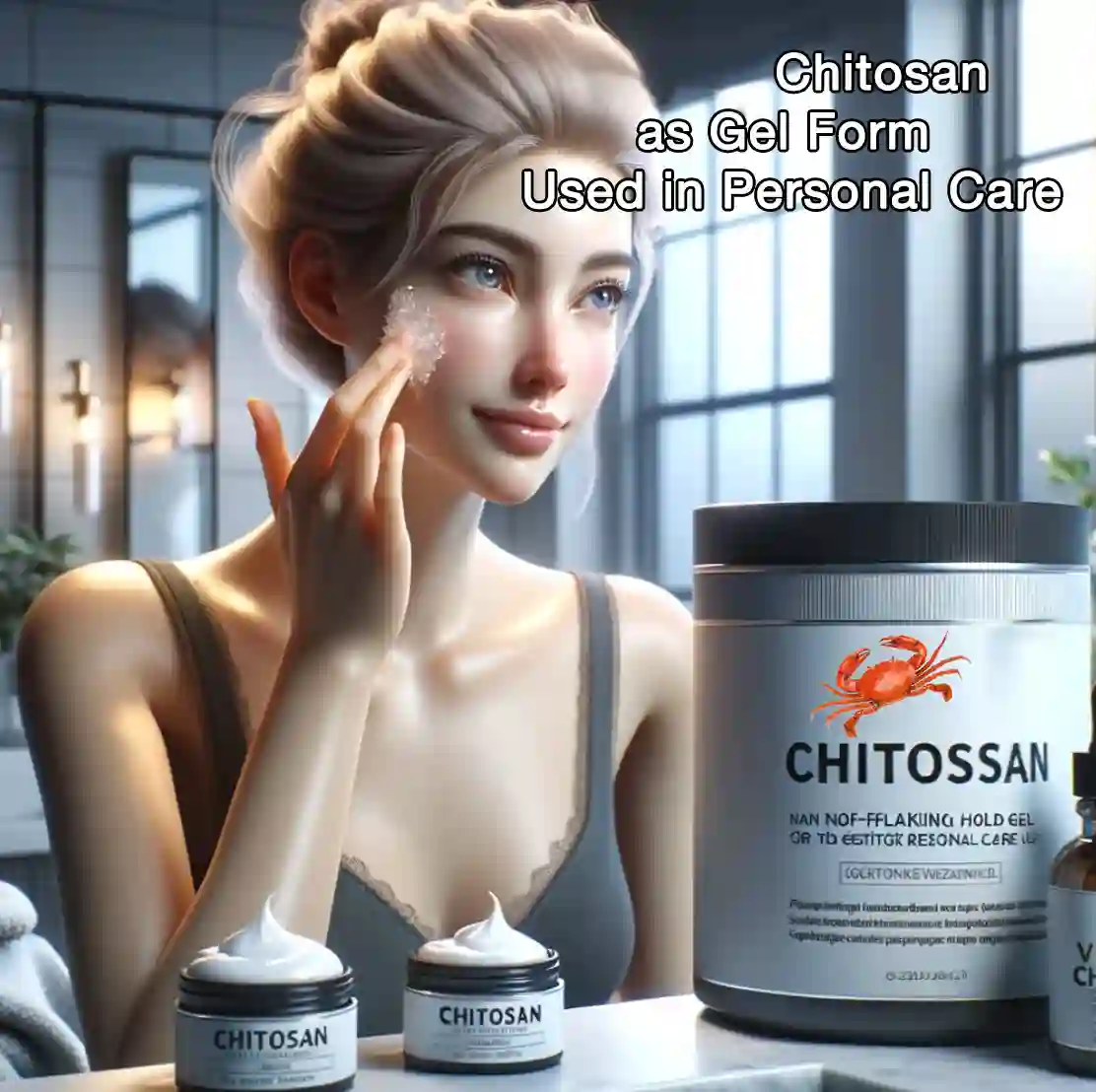
- 3. Solutions and extracts:
Chito-oligosaccharides solution is used in serums, toners, and serum products. These solutions can be applied directly to the skin and have a moisturizing and antibacterial effect.
Chito-oligosaccharides extract is often found in liquid form in shampoos and conditioners and helps to strengthen hair and enhance shine.
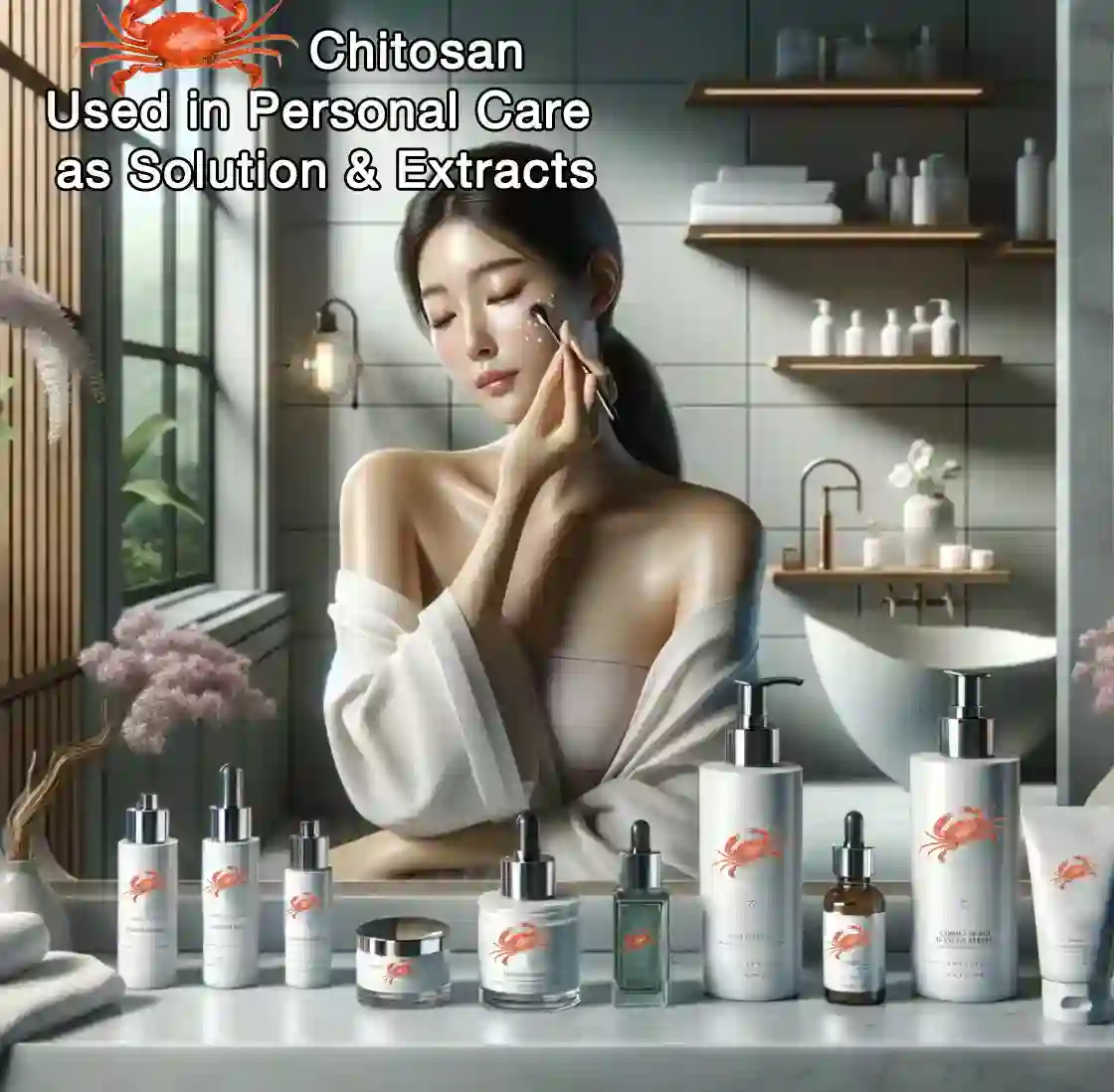
- 4. Emulsions: Commonly found in creams and lotions, Chito-oligosaccharides act as stabilizers that help form and maintain lotions. It provides a moisture barrier on the skin, which is especially beneficial in body lotions and creams.
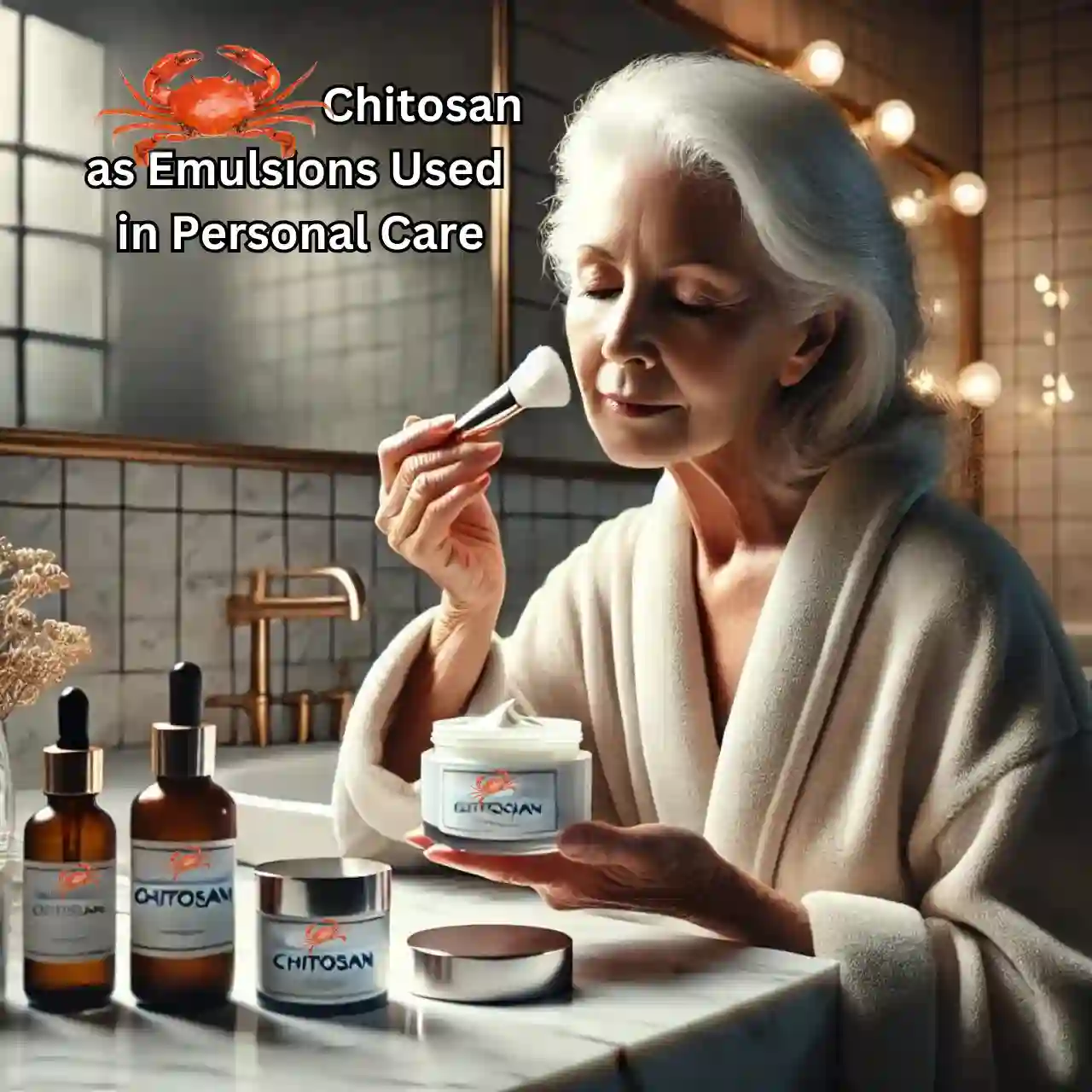
- 5. Film: Chito-oligosaccharides film is used in the personal care field for peel mask or wound care. These films can form a protective layer on the skin, providing the active ingredient, which is then peeled off to remove impurities from the skin's surface.
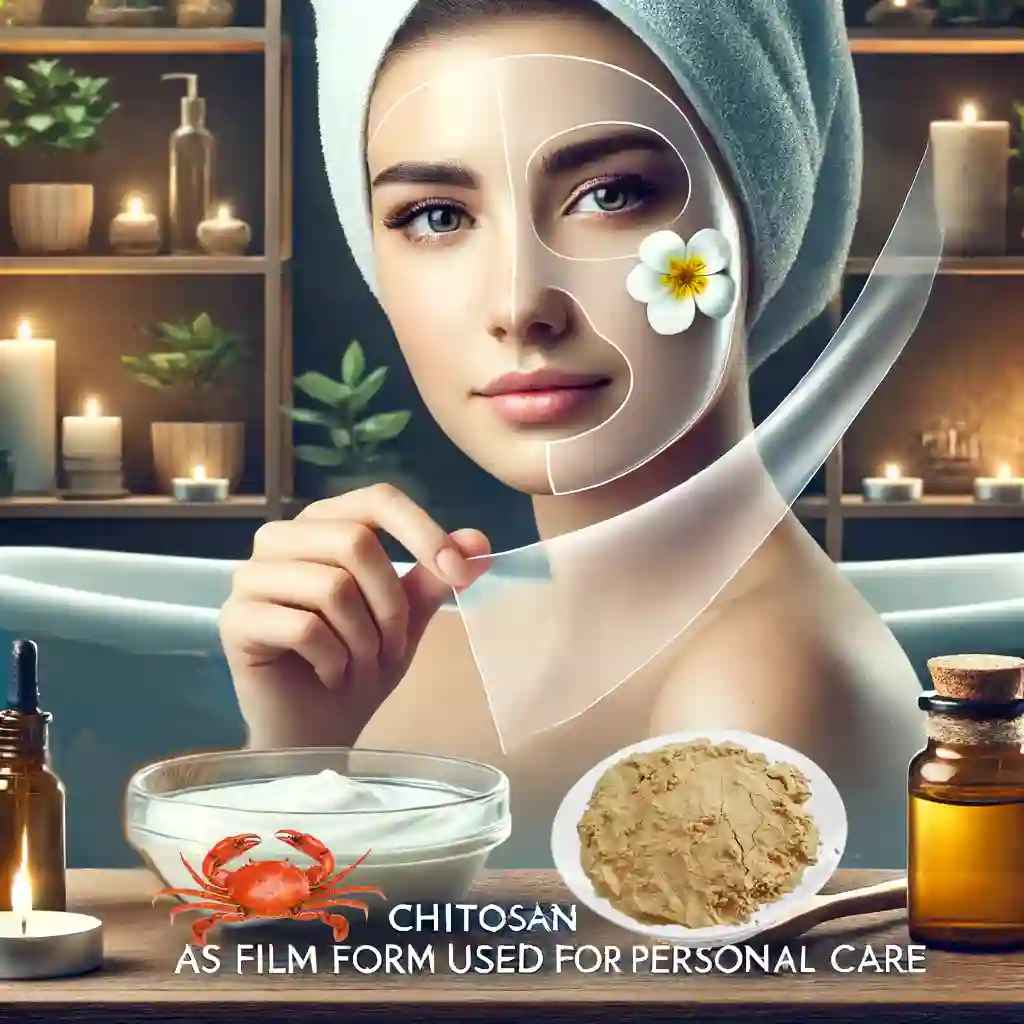
- 6. Capsules and beads: In some cosmetics, encapsulated Chito-oligosaccharides are used for the controlled release of the active ingredient. These can be found in anti-aging skin care and advanced hair care formulations.
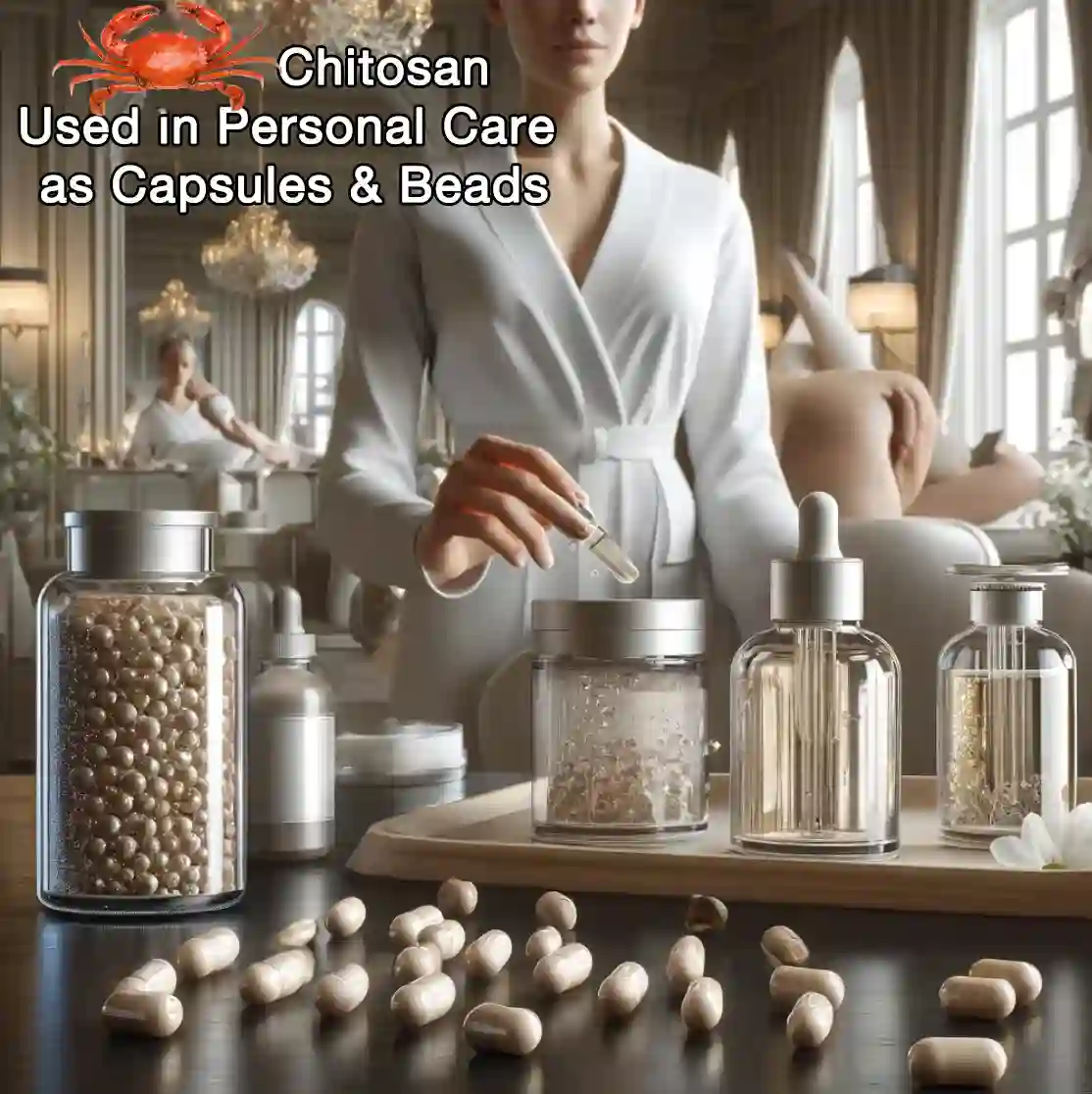
- 7. Aerosols: used in deodorants and some hair sprays, in which Chito-oligosaccharides provide antimicrobial effect and help in film formation without affecting the spray mechanism.
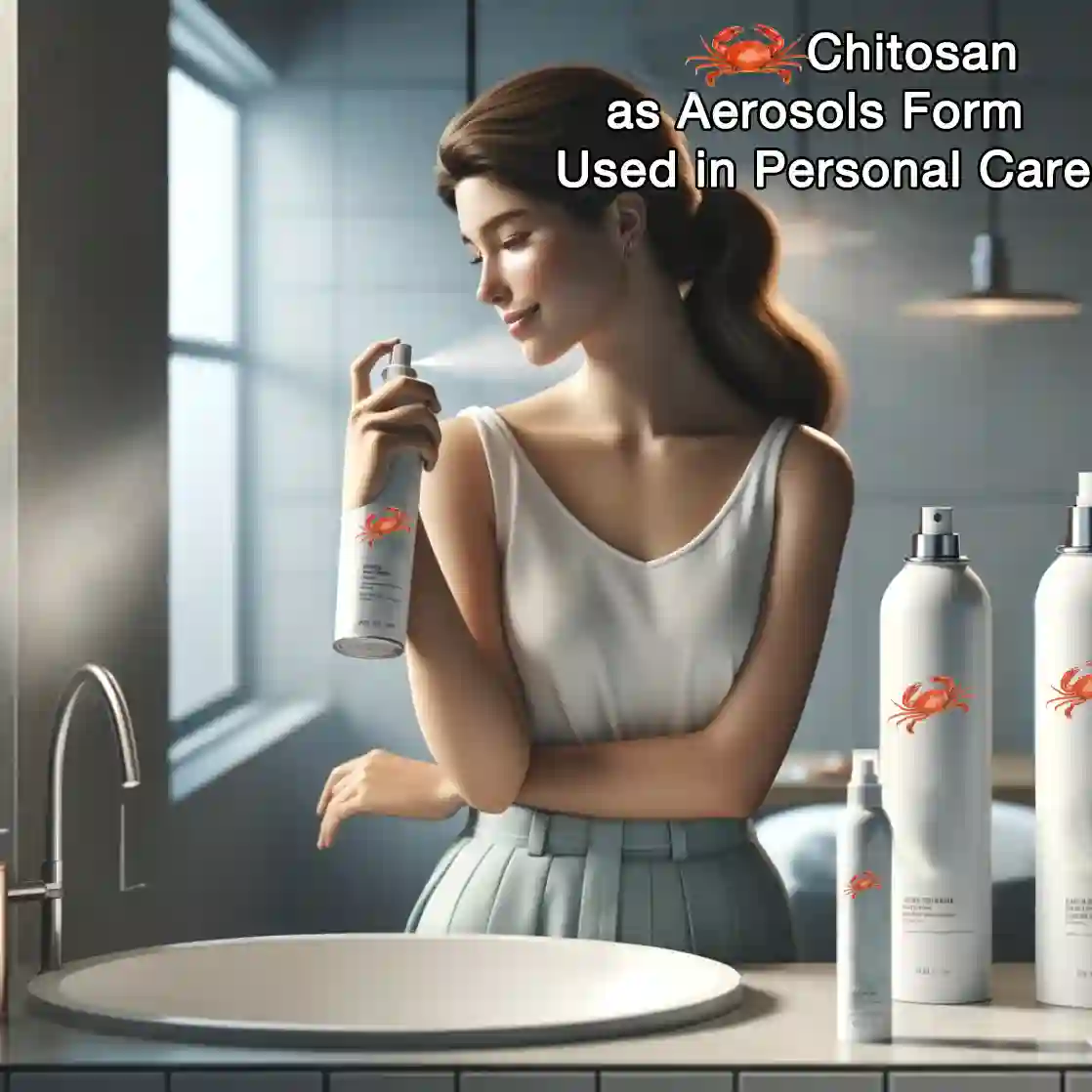
Each form of Chito-oligosaccharides is chosen based on how well it achieves the desired effect in a particular product type. For example, powders for absorption, gels for smoothing applications, and lotions for moisturizing effects. This versatility makes Chito-oligosaccharides a beneficial ingredient in a variety of personal care products.
6. Which type of plant Chito-oligosaccharides is best for personal care applications?
Choosing the right type of plant Chito-oligosaccharides for a personal care application depends on the formulation requirements and desired functional properties of a particular product. Here's a breakdown of the suitability of each type of Chito-oligosaccharides for different personal care applications:
- Acid-soluble Chito-oligosaccharides (with different viscosities).
20-100 cps: For lightweight, non-greasy formulations such as serums, toners, and facial mists that require fast absorption and a lightweight feel.
100-500 cps: Suitable for medium-viscosity applications such as gels and lotions that require moderate thickness and stability, but not thick texture.
500-1000 cps: Best suited for thick creams, heavy gels, and masks, where a thicker consistency is critical to the stability and performance of the product.
- Chitosan Hydrochloride
this form is highly soluble in water and has a slightly acidic to neutral pH, making it ideal for formulations that require good solubility and pH stability. Due to its gentle nature on the skin and mucous membranes, it is suitable for eye gels, moisturizers, and wound healing applications.
- Chito-oligosaccharides oligosaccharides
is known for its excellent biocompatibility and low molecular weight for better penetration into the skin. This makes it ideal for anti-aging products, serums, and other skincare products designed to deeply repair and rejuvenate the skin.
- Carboxymethyl Chito-oligosaccharides
this Chito-oligosaccharides derivative is highly water-soluble and has strong moisturizing and anti-inflammatory properties. It is especially suitable for sensitive skin products, soothing creams and lotions, as well as moisturizing sprays and after-sun products.
Application-specific recommendations:
- Skin care: Chito-oligosaccharides oligosaccharides and carboxymethyl Chito-oligosaccharides are great for skin care due to their skin-friendly properties.
- Hair Care: High-viscosity, acid-soluble Chito-oligosaccharides can be used in hairsprays and conditioners for better film-forming and strength.
- Oral care: Chito-oligosaccharides hydrochloride is beneficial due to its solubility and mildness, making it ideal for mouthwashes and toothpastes.
- Cosmetics: Acid-soluble Chito-oligosaccharides with lower viscosity are preferred in cosmetic formulations for a lighter feel.
- Deodorant and antiperspirant: Chito-oligosaccharides hydrochlorides , for its solubility and gentle action on the skin.
- Men's grooming: Carboxymethyl Chito-oligosaccharides provide soothing and moisturizing properties for aftershave and beard products.
Of course, choosing the right type of Chito-oligosaccharides can align its functional characteristics with the intended application, thereby increasing the efficacy and consumer appeal of the product.
7. For personal care Chito-oligosaccharides
Chito-oligosaccharides are derived from sources such as crab shells and are gaining traction in the personal care industry for their versatile and beneficial properties.
This biopolymer is used in a wide range of products, from skin care and hair care to oral and feminine hygiene.
In skincare products, Chito-oligosaccharides are typically concentrated between 0.1% and 2%, which enhances the ability to moisturize and provides anti-aging benefits by forming a film that firms and smooths the skin.
It's also praised for its antimicrobial properties, which makes it suitable for formulations for acne-prone skin or products like deodorants, which help reduce body odor by preventing bacterial growth.
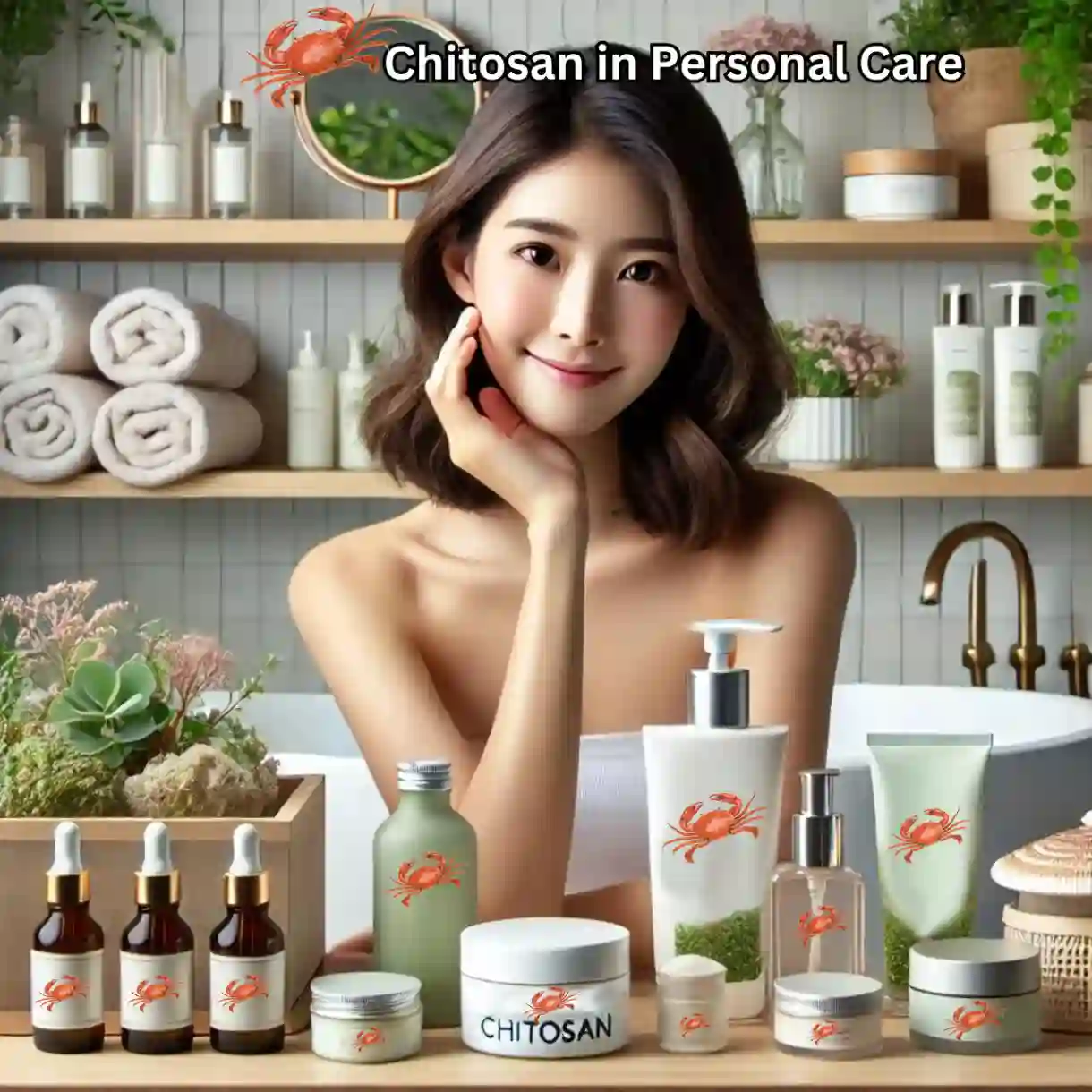
In hair care products, Chito-oligosaccharides is used at a concentration of about 0.5 to 1.5 percent, and it promotes the strength and shine of the hair by forming a protective film on each strand.
This not only improves the appearance of your hair but also protects it from environmental damage.
The use of Chito-oligosaccharides also extends to oral care products, particularly in the form of Chito-oligosaccharides hydrochlorides, which is appreciated for its ability to bind to bacteria and reduce plaque formation, contained in products with concentrations of 0.2 to 2 percent.
Whether it's enhancing the stability of lotions in creams and lotions, or improving the efficacy of hygiene products, the role of Chito-oligosaccharides in personal care is growing, driven by consumer demand for natural active ingredients.



